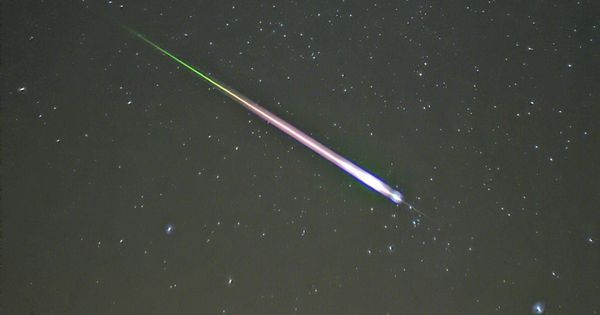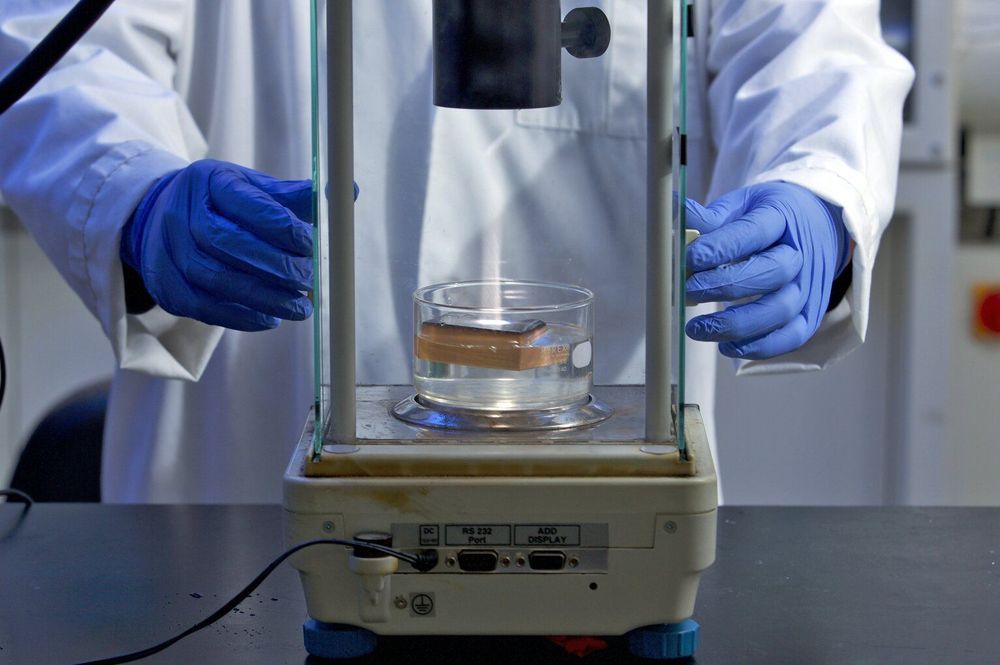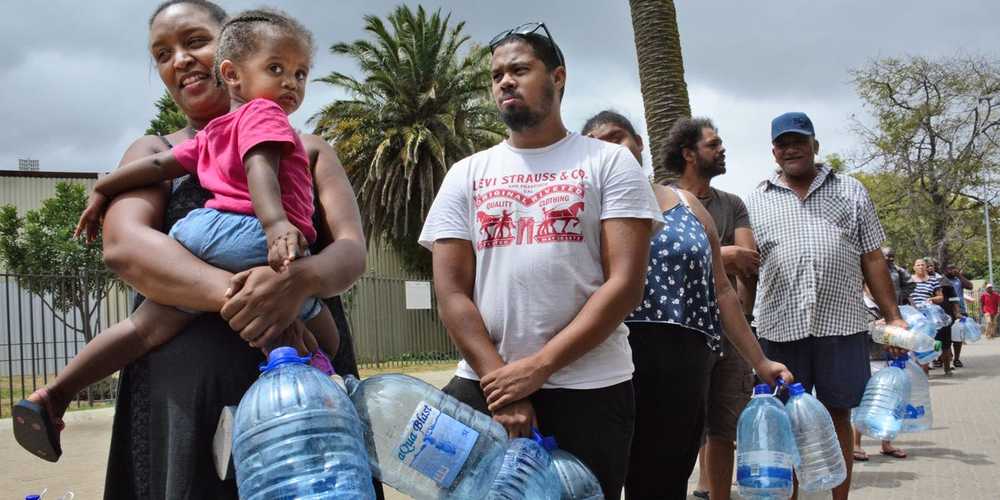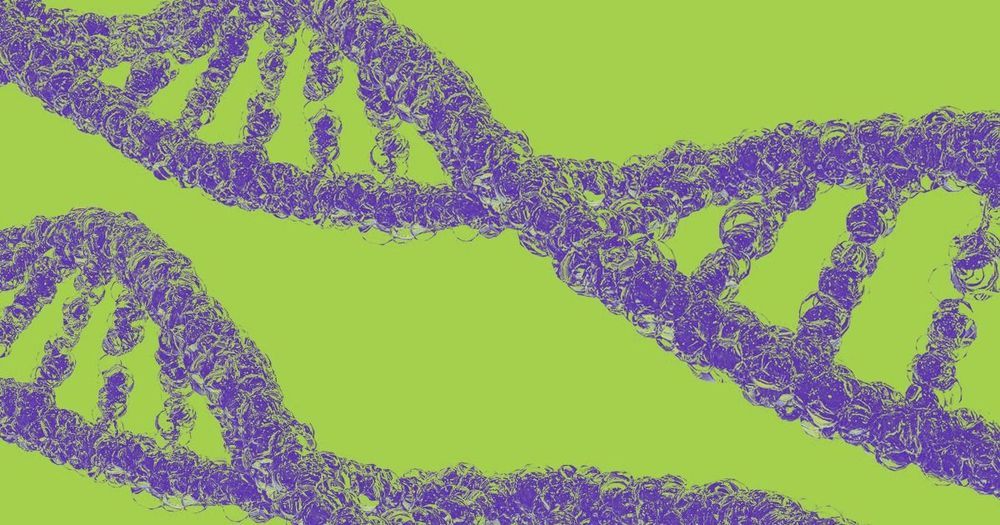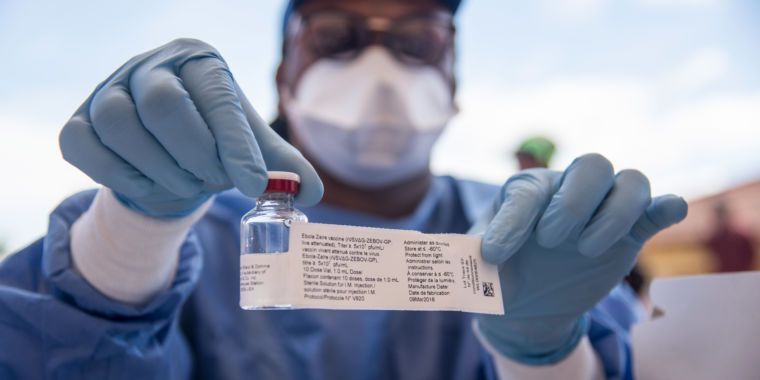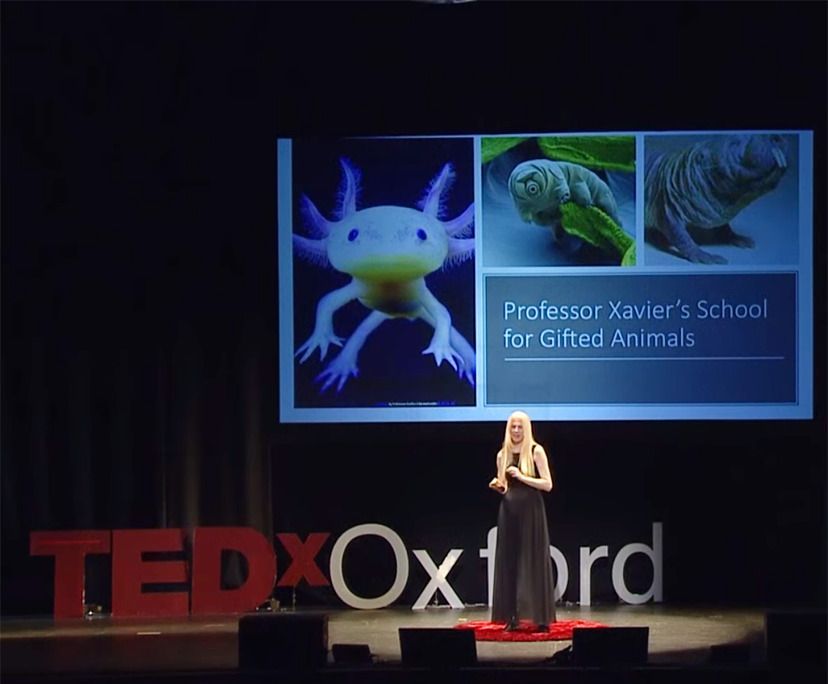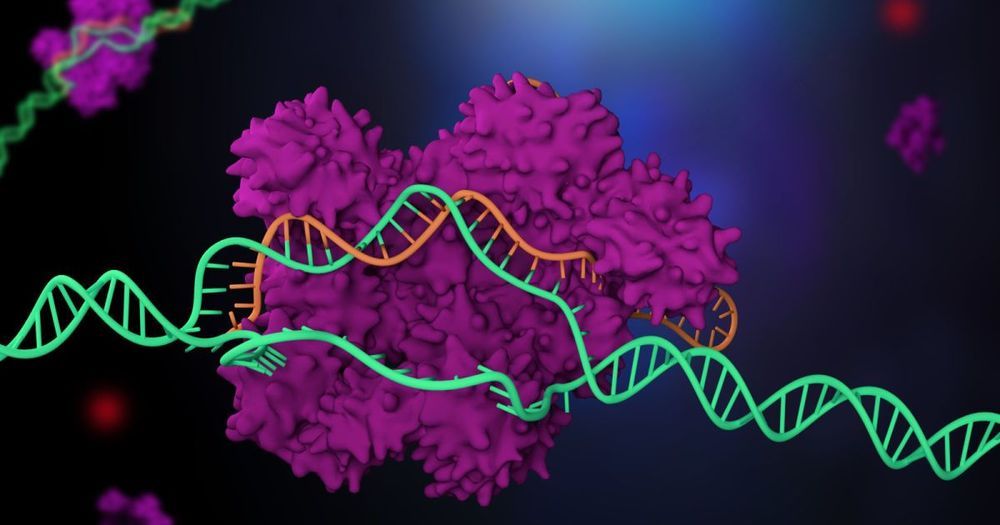Astronomers claim detection of a first observed interstellar meteor; one that collided with Earth’s atmosphere at very high velocity in 2014, somewhere off the coast of Papua New Guinea.
About a billion people around the world lack access to safe drinking water. Desalinating salty water into drinkable water can help to fill this dangerous gap. But traditional desalination systems are far too expensive to install and operate in many locations, especially in low-income countries and remote areas.
Now researchers at the University of Maryland’s A. James Clark School of Engineering have demonstrated a successful prototype of one critical component for affordable small-scale desalination: an inexpensive solar evaporator, made of wood. The evaporator generates steam with high efficiency and minimal need for maintenance, says Liangbing Hu, associate professor of materials science and engineering and affiliate of the Maryland Energy Innovation Institute.
The design employs a technique known as interfacial evaporation, “which shows great potential in response to global water scarcity because of its high solar-to-vapor efficiency, low environmental impact, and portable device design with low cost,” Hu says. “These features make it suitable for off-grid water generation and purification, especially for low-income countries.”
World Water Day aims to raise awareness of the global water crisis, which could leave one in four people with a recurring water shortage by 2050. As the global population continues to climb, that means more than 2 billion people could soon be starved for world’s most precious resource.
To tackle this mounting issue, one company has turned to a solution in nature.
Make water from the air with the AquaBoy® Pro II, air to water generator. The AquaBoy® Pro II produces up to 2 to 5 gallons per day of “purified great tasting water” by making it directly from the air around us. This award-winning, luxury appliance provides access to both hot and cold purified drinking water with just the touch of a button that is perfect for hot tea, gourmet coffee, purified ice, cooking, pet care and much more. There is also a hot water lock button to help prevent accidental dispensing.
Gene hacking techniques that were recently used in human cells for the first time could someday let doctors shred up and destroy viruses like herpes or hepatitis B inside human cells, scientists say.
The new technique is called CRISPR-Cas3 — usually, when you hear about CRISPR tech, it’s the Cas9 variety — and Cornell researchers believe it could be used to cure viral diseases, according to a university-published press release.
The first of the TTC’s zero-emission electric buses arrived today.
According to TTC spokesperson Stuart Green, the new vehicle must undergo testing and commissioning first before it can enter regular service later this spring.
The first of the #TTC ‘s zero emission electric buses arrived today! This @newflyer vehicle (#3700) will undergo testing and commissioning before it enters regular service later this Spring. We’ll have 60 e-buses by year end, making the TTC a national clean-tech fleet leader. pic.twitter.com/voobFV8JEM
The world watched in horror Monday night while flames tore through the Notre Dame Cathedral in Paris. As fire consumed the roof and toppled its iconic central spire, it seemed as though the historic church could be lost forever — but it’s possible, thanks to cutting-edge imagining technology, that all hope may not be lost.
Thanks to the meticulous work of Vassar College’s art historian Andrew Tallon, every exquisite detail and mysterious clue to the building’s 13th-century construction was recorded in a digital archive in 2015 using laser imaging.
These records have revolutionized our understanding of how the spectacular building was built — and could provide a template for how Paris could rebuild.
